Home>Ideas and Tips>DIY Guide: Building A Backyard Shed Without A Permit
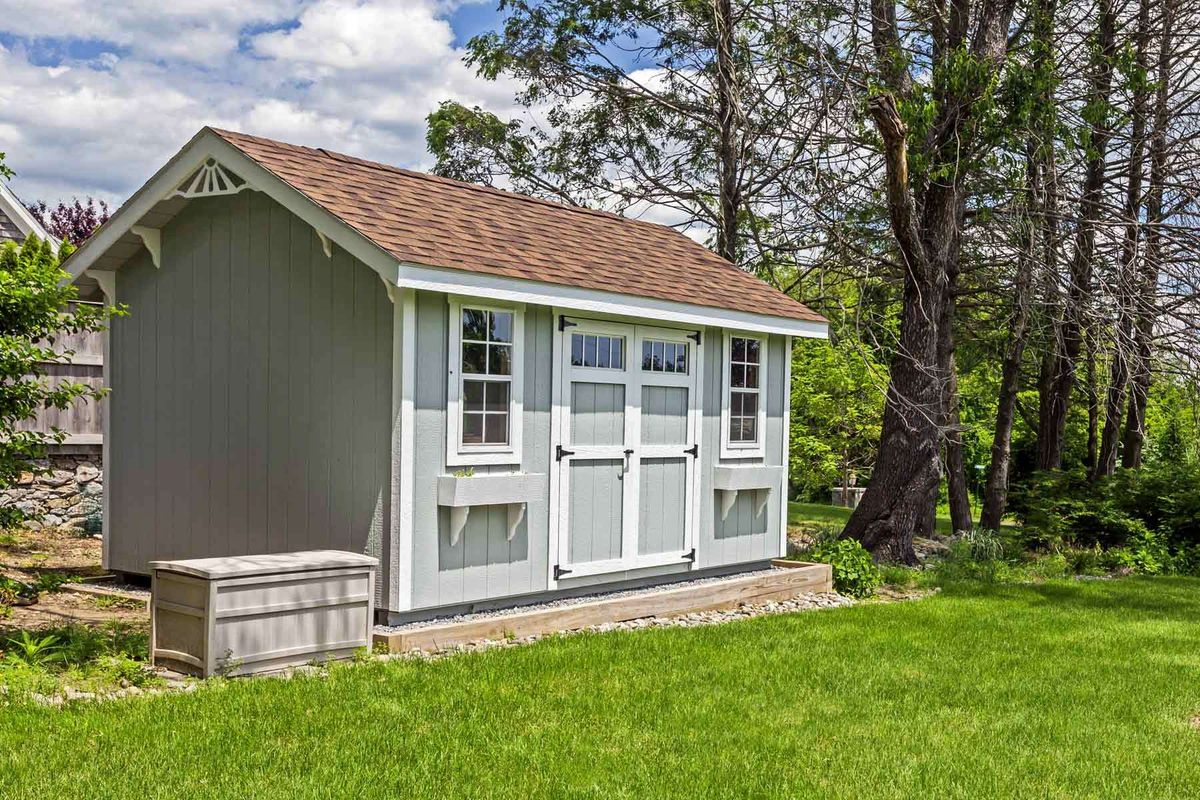

Ideas and Tips
DIY Guide: Building A Backyard Shed Without A Permit
Modified: October 31, 2024
Learn how to build a backyard shed without a permit. Follow our step-by-step DIY guide to avoid legal issues and create a functional, compliant shed.
(Many of the links in this article redirect to a specific reviewed product. Your purchase of these products through affiliate links helps to generate commission for Storables.com, at no extra cost. Learn more)
Building a backyard shed can be a fantastic way to add extra storage space, create a home office, or even a cozy retreat. However, navigating the complex world of local regulations and permits can be daunting. In this article, we will delve into the intricacies of building a shed without a permit, exploring the legal implications, potential consequences, and practical considerations.
Understanding the Need for Permits
Before we dive into the DIY guide, it's essential to understand why permits are required for shed construction. Permits ensure that your shed complies with local building codes, zoning restrictions, and safety standards. These regulations are in place to protect you, your family, and your neighbors from potential hazards such as fire risks, structural instability, and environmental concerns.
Size and Location
The size of your shed is a significant factor in determining whether you need a permit. Generally, smaller sheds (typically around 6'x 8' or 8'x 10') may not require a building permit, but larger structures (such as 16'x 20' or 16'x 24') usually do. Additionally, if your shed is within three feet of the property line, you may need to obtain a permit in some jurisdictions, such as New York.
Material Regulations
The materials used for your shed's construction also play a crucial role. Many local building departments require sheds to be built with non-flammable materials to ensure fire safety in residential areas. Common materials include wood, plastic, metal, and brick.
Read more: DIY Guide To Building A Backyard Pergola
Legal Implications of Building Without a Permit
While it might seem tempting to skip the permit process, building a shed without one can lead to serious legal consequences. Here are some potential outcomes:
Fines and Citations
If you're caught building a shed without a permit, you'll likely receive a citation and may be required to pay a fine. This fine is often akin to a parking ticket and is not considered a criminal offense. However, ignoring these citations can escalate into more severe legal action.
Rebuilding or Removal
In some cases, you might be forced to rebuild or remove your shed if it doesn't meet local building codes. This can be costly and time-consuming, especially if you've already invested significant time and money into the project.
Civil Issues
Building a shed without a permit is generally considered a civil issue rather than a criminal one. As long as you comply with the required actions (such as obtaining a permit and making necessary adjustments), it won't typically appear on your background check.
Practical Considerations
While the legal implications are important, there are also practical considerations to keep in mind when building a shed without a permit:
Research Local Regulations
The first step in building a shed is to research local regulations. Contact your local city officials or visit their website to determine if you need a permit. This information can often be found at the office of the mayor, city attorney, or department of housing.
Check Zoning Restrictions
Zoning restrictions can vary significantly from one location to another. Ensure that your shed complies with local zoning laws regarding setbacks from property lines and height restrictions.
Material Selection
Choose materials that comply with local building codes. Non-flammable materials are often required for sheds built near residential areas.
Size Limitations
Be aware of size limitations for your shed. While smaller sheds might not require permits, larger structures do. Consider building multiple smaller sheds rather than one large one to avoid permit requirements.
DIY Guide: Building a Backyard Shed
Assuming you've determined that you don't need a permit (or have decided to proceed without one), here's a step-by-step guide to building a backyard shed:
Step 1: Plan Your Shed
- Determine the Purpose: Decide what you'll use the shed for. This will help you determine the size and layout.
- Measure Your Space: Measure the area where you'll place the shed to ensure it fits comfortably.
- Choose a Design: Select a design that fits your needs and budget. You can find many free plans online or purchase a pre-made kit.
- Create a Detailed Plan: Draw a detailed plan including dimensions, materials needed, and any specific requirements (like electrical or plumbing).
Step 2: Prepare the Site
- Clear the Area: Clear the area where you'll build the shed, removing any debris or obstructions.
- Mark Out the Footprint: Use stakes and string to mark out the footprint of your shed.
- Check for Utilities: Check for any underground utilities like electric or water lines before digging.
Step 3: Lay the Foundation
- Choose a Foundation Type: Decide on a foundation type—such as a concrete slab, wooden platform, or even just leveling the ground.
- Prepare the Ground: Level the ground if necessary and lay down any required underlayment material.
- Lay Down the Foundation: Follow your plan to lay down the chosen foundation material.
Step 4: Frame the Shed
- Cut Lumber: Cut all necessary lumber according to your plan.
- Assemble Frame: Assemble the frame using nails or screws.
- Add Roof Supports: Add roof supports if applicable.
Step 5: Install Roofing
- Choose Roofing Material: Choose roofing material such as asphalt shingles or corrugated metal.
- Install Roofing Sheets: Install roofing sheets following manufacturer instructions.
- Add Flashing: Add flashing around chimneys or vents if applicable.
Step 6: Install Siding
- Choose Siding Material: Choose siding material such as plywood or vinyl siding.
- Install Siding Sheets: Install siding sheets following manufacturer instructions.
- Add Trim: Add trim around windows and doors for a finished look.
Step 7: Add Doors and Windows
- Install Doors: Install doors ensuring they are securely attached to the frame.
- Install Windows: Install windows ensuring they are securely attached to the frame.
Step 8: Add Electrical (if applicable)
- Check Local Codes: Check local codes regarding electrical installations in sheds.
- Run Electrical Cables: Run electrical cables from your main house if applicable.
- Install Lighting Fixtures: Install lighting fixtures following manufacturer instructions.
Step 9: Final Touches
- Add Finishing Touches: Add any finishing touches like paint or trim.
- Inspect the Structure: Inspect the structure ensuring it meets your expectations and local building codes (even if you're not required by law).
Conclusion
Building a backyard shed can be a rewarding DIY project, but it's crucial to understand both the legal implications and practical considerations involved. While it might seem tempting to skip the permit process, remember that ignoring local regulations can lead to costly fines and potential removal of your shed. Always research local regulations thoroughly before starting your project, and consider consulting with local authorities if you're unsure about any aspect of the process. With careful planning and execution, you can enjoy your new backyard shed while ensuring compliance with local laws and regulations.
Read more: DIY Guide To Building A Backyard Fire Pit
Additional Resources
- Local Building Departments: Contact your local building department for specific regulations regarding shed construction in your area.
- Online Resources: Websites like Urban Sheds provide comprehensive guides on shed regulations and permissions.
- Legal Advice: If you're unsure about any legal implications or need further guidance, consider consulting with a lawyer specializing in real estate law.
By following this guide and staying informed about local regulations, you'll be well-equipped to build a safe and compliant backyard shed without unnecessary stress or legal complications.
Was this page helpful?
At Storables.com, we guarantee accurate and reliable information. Our content, validated by Expert Board Contributors, is crafted following stringent Editorial Policies. We're committed to providing you with well-researched, expert-backed insights for all your informational needs.
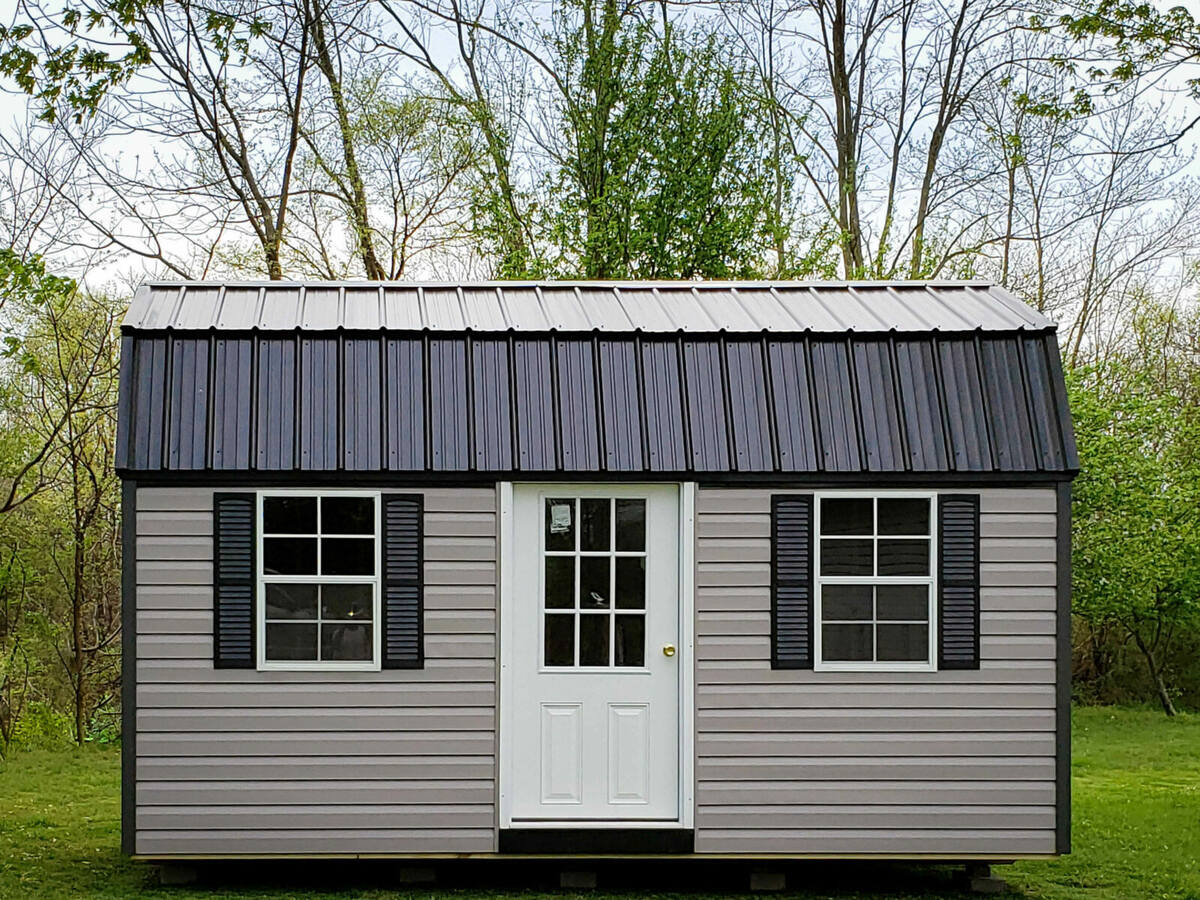
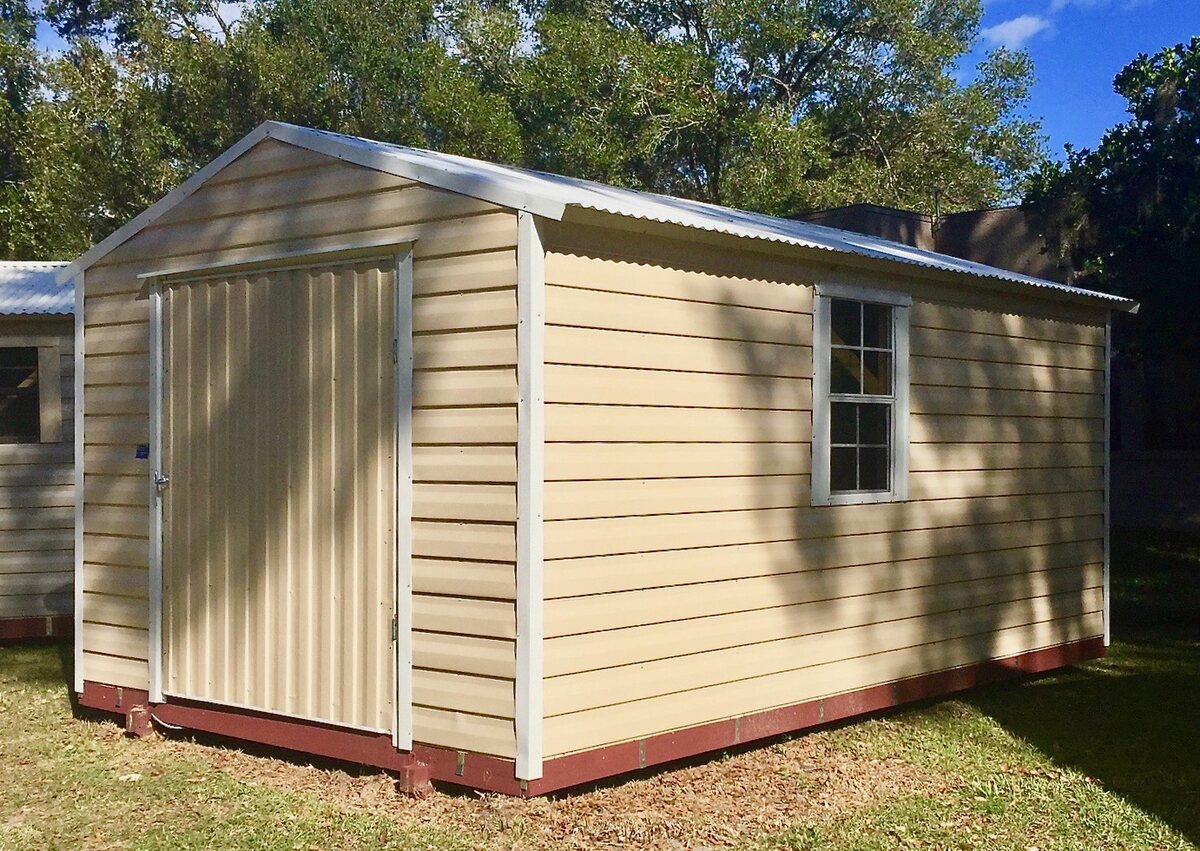
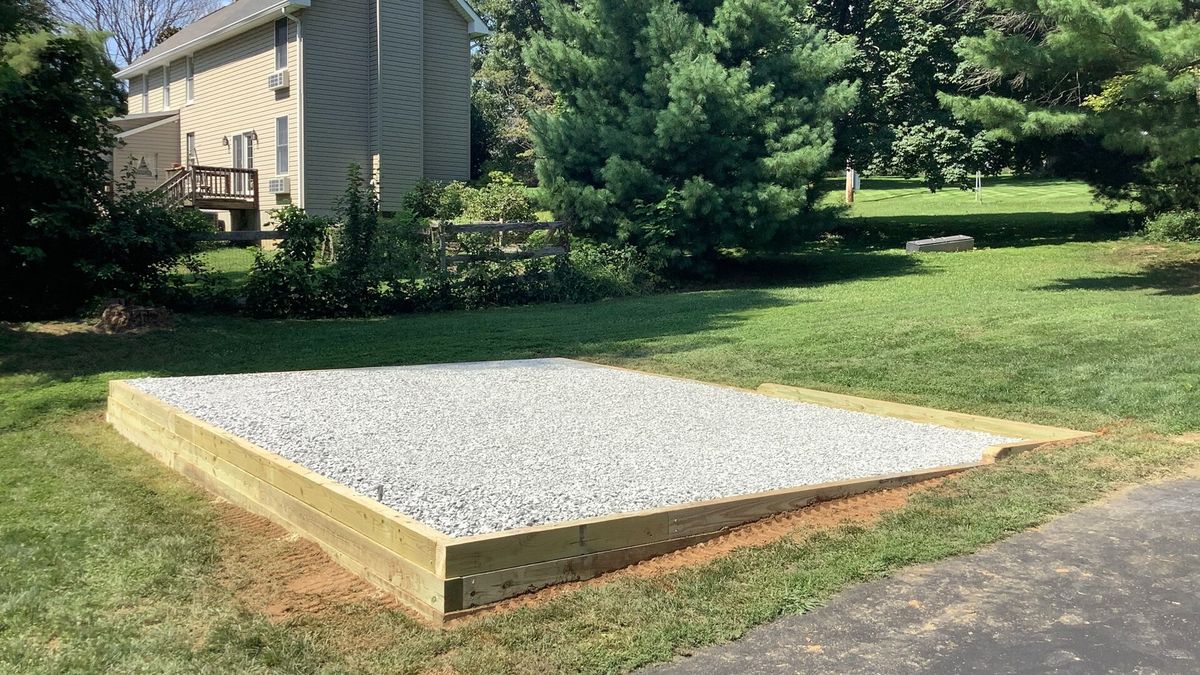

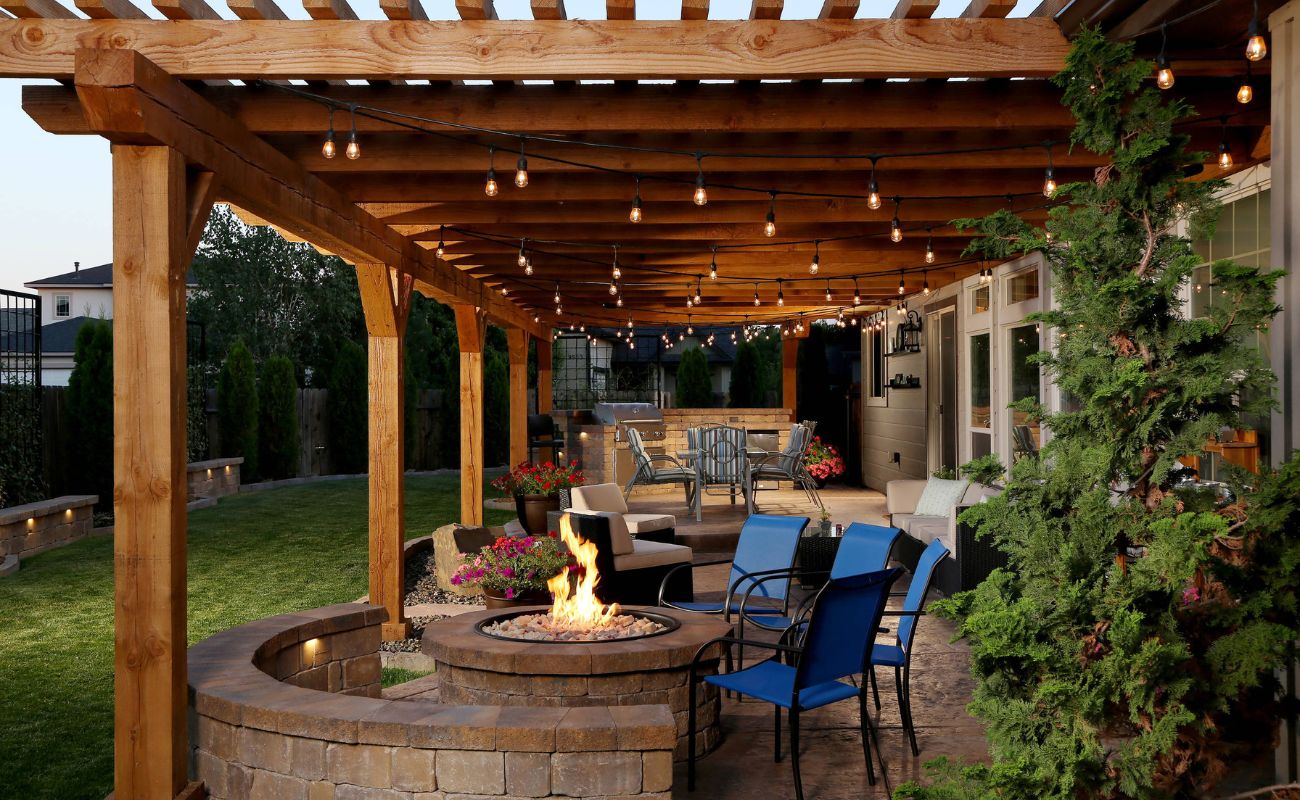
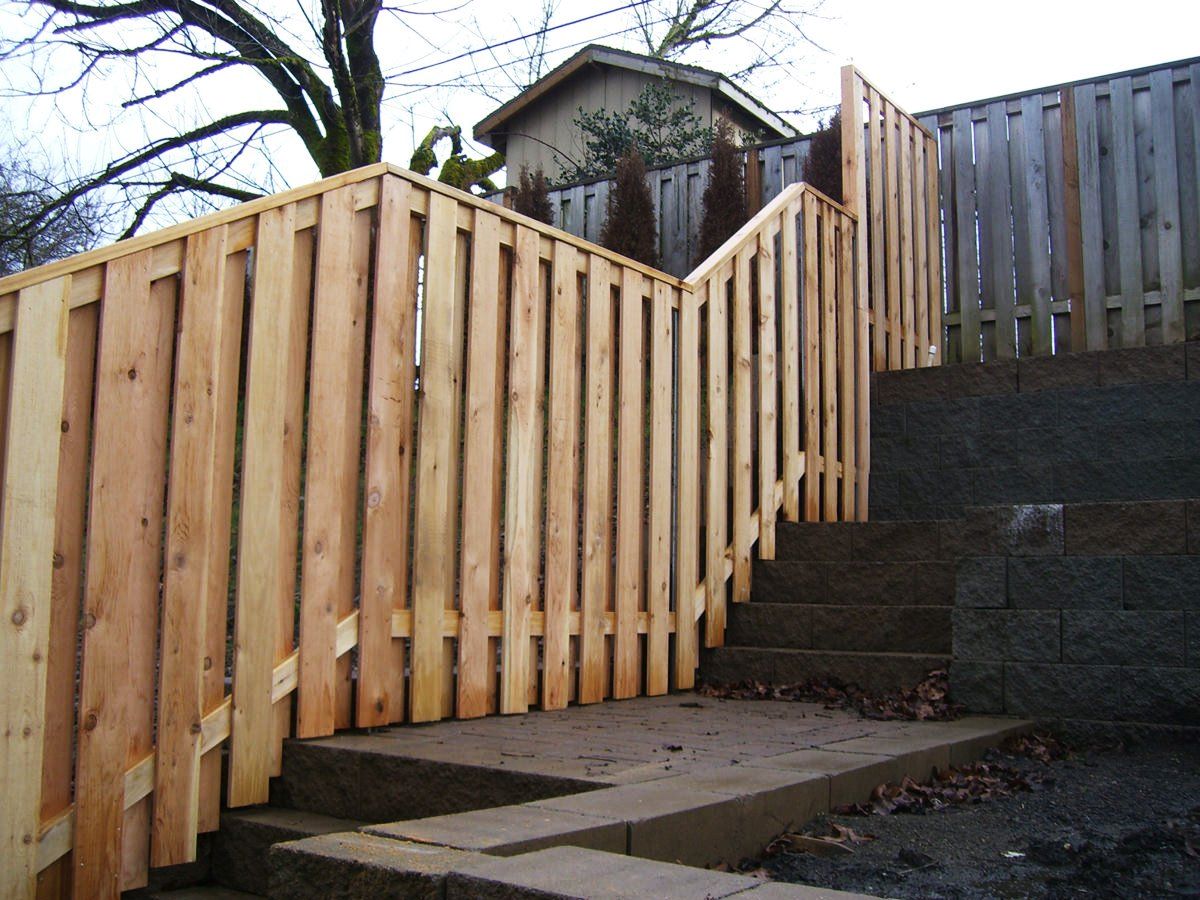
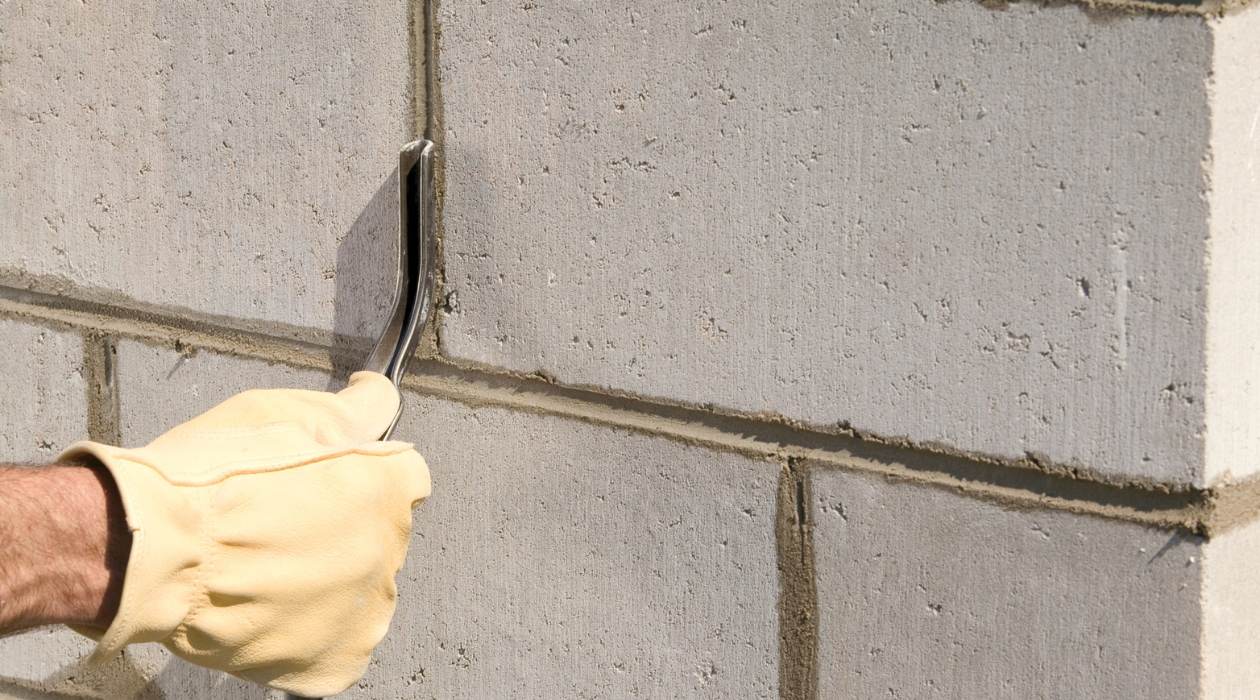
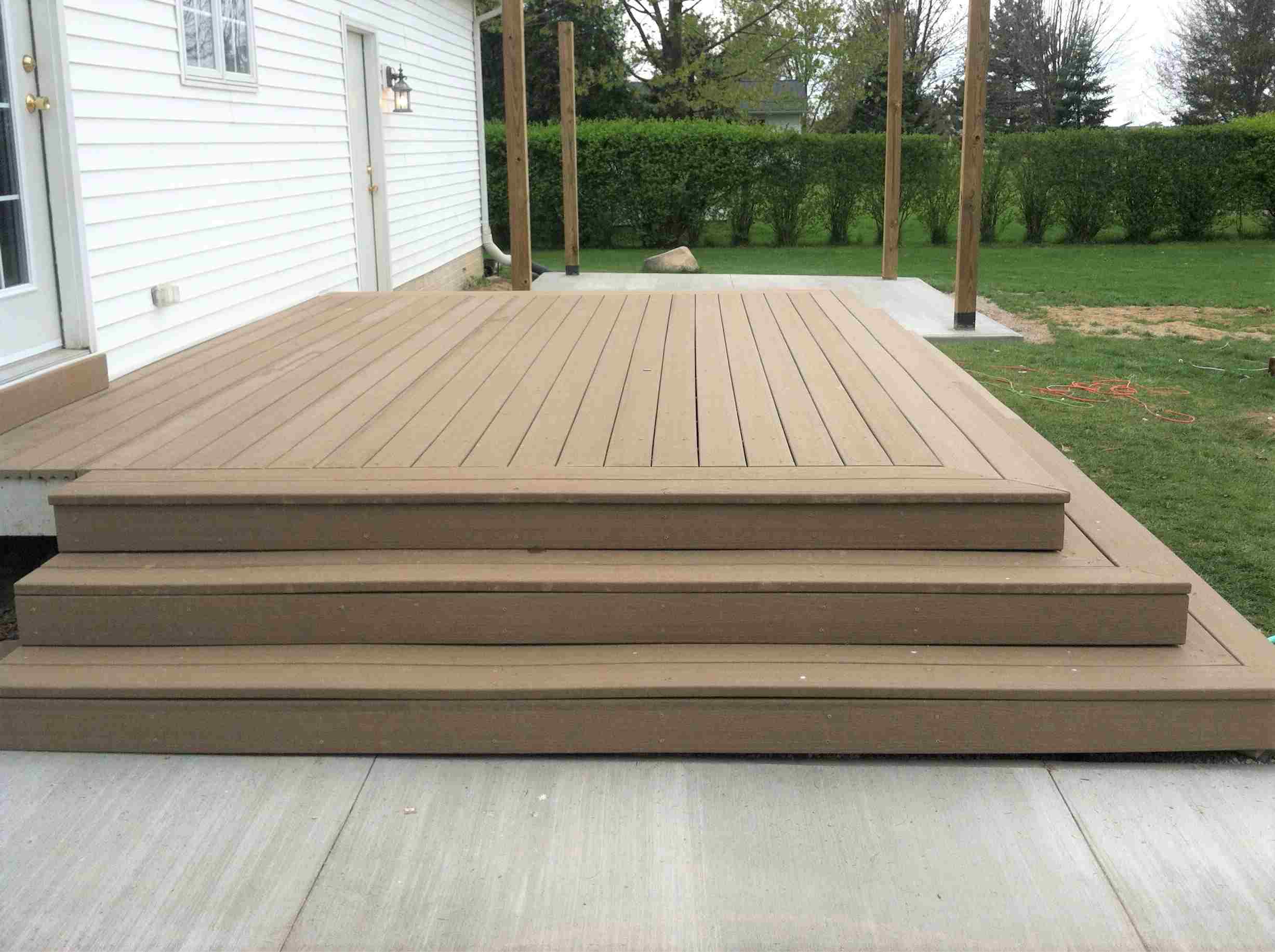
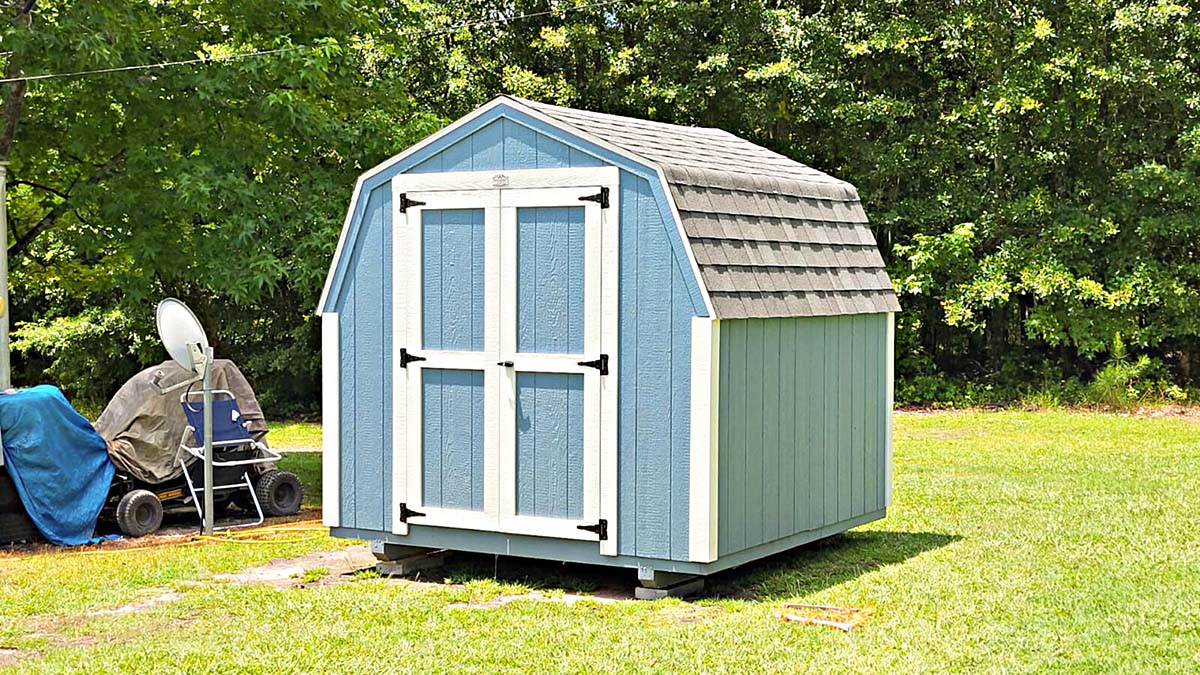
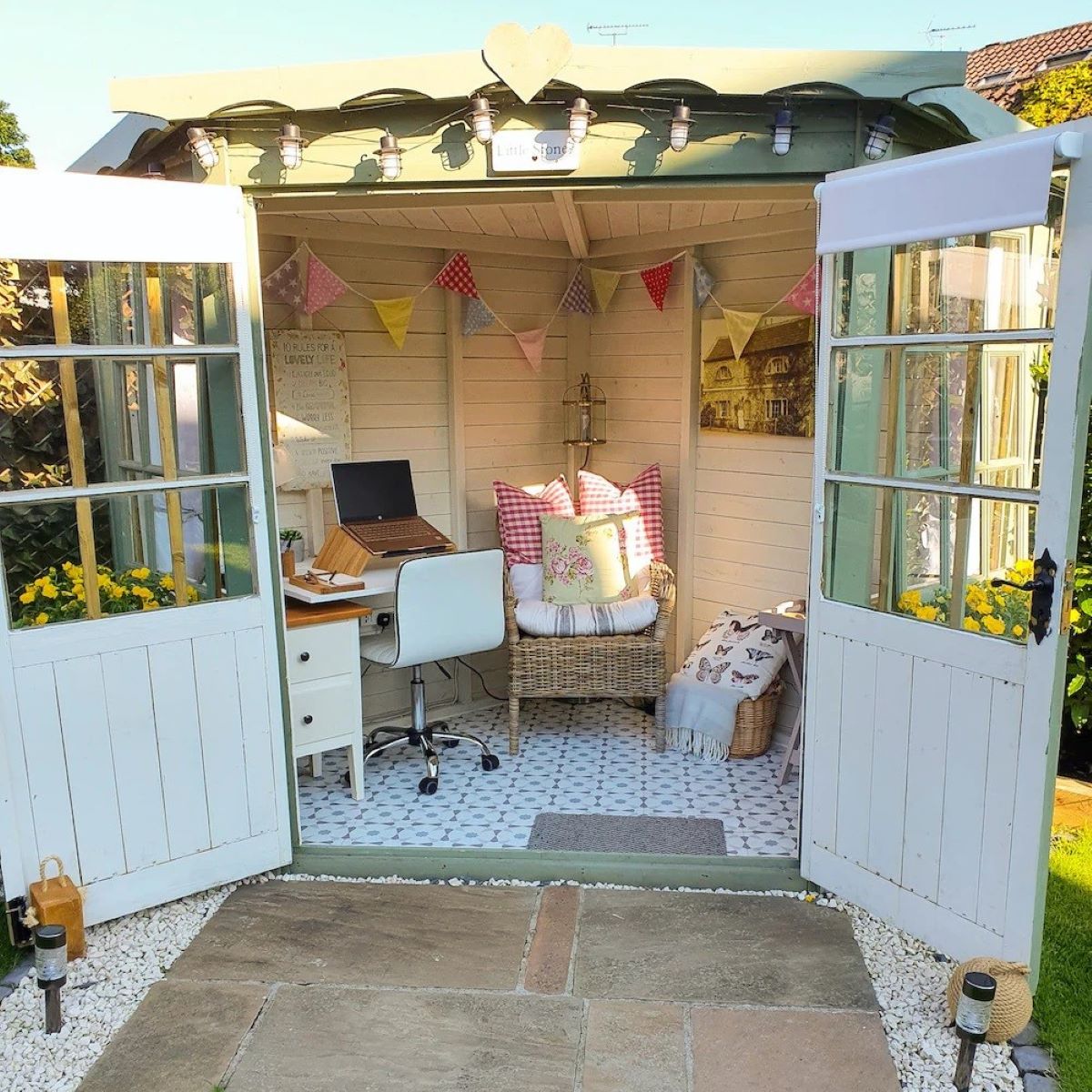
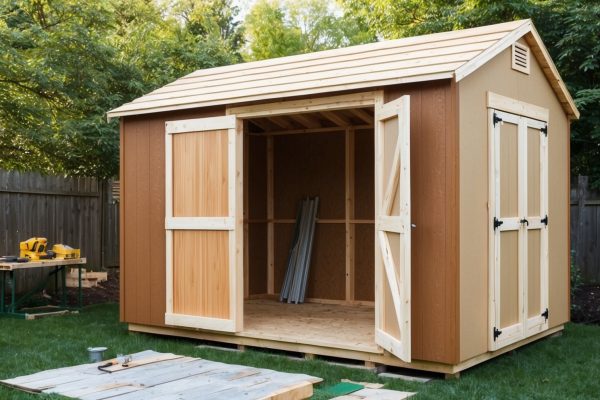
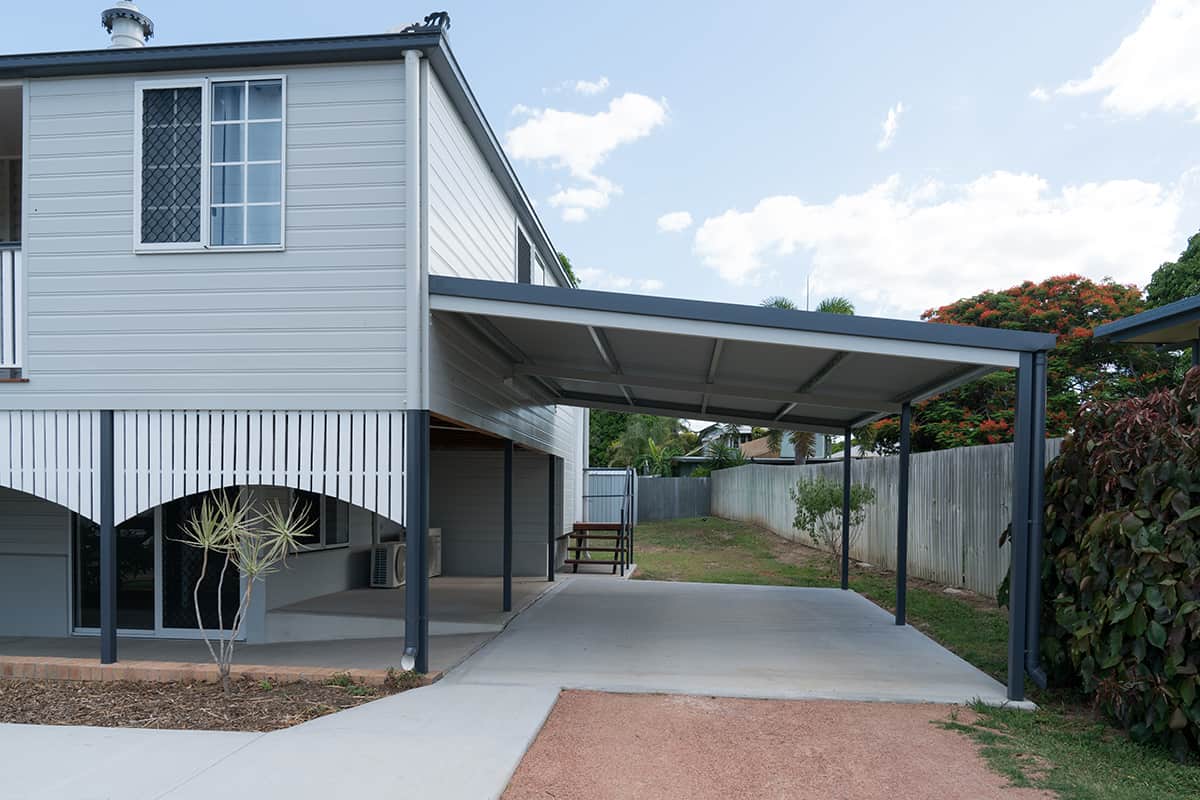
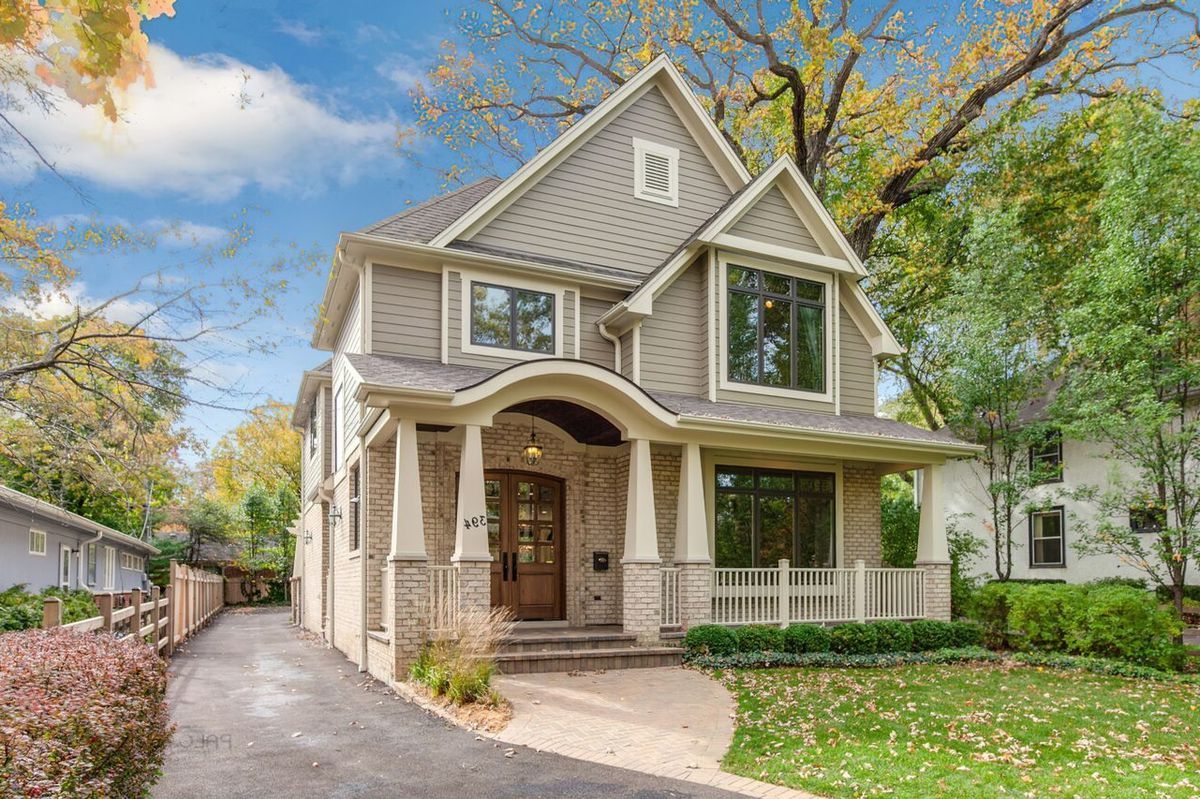
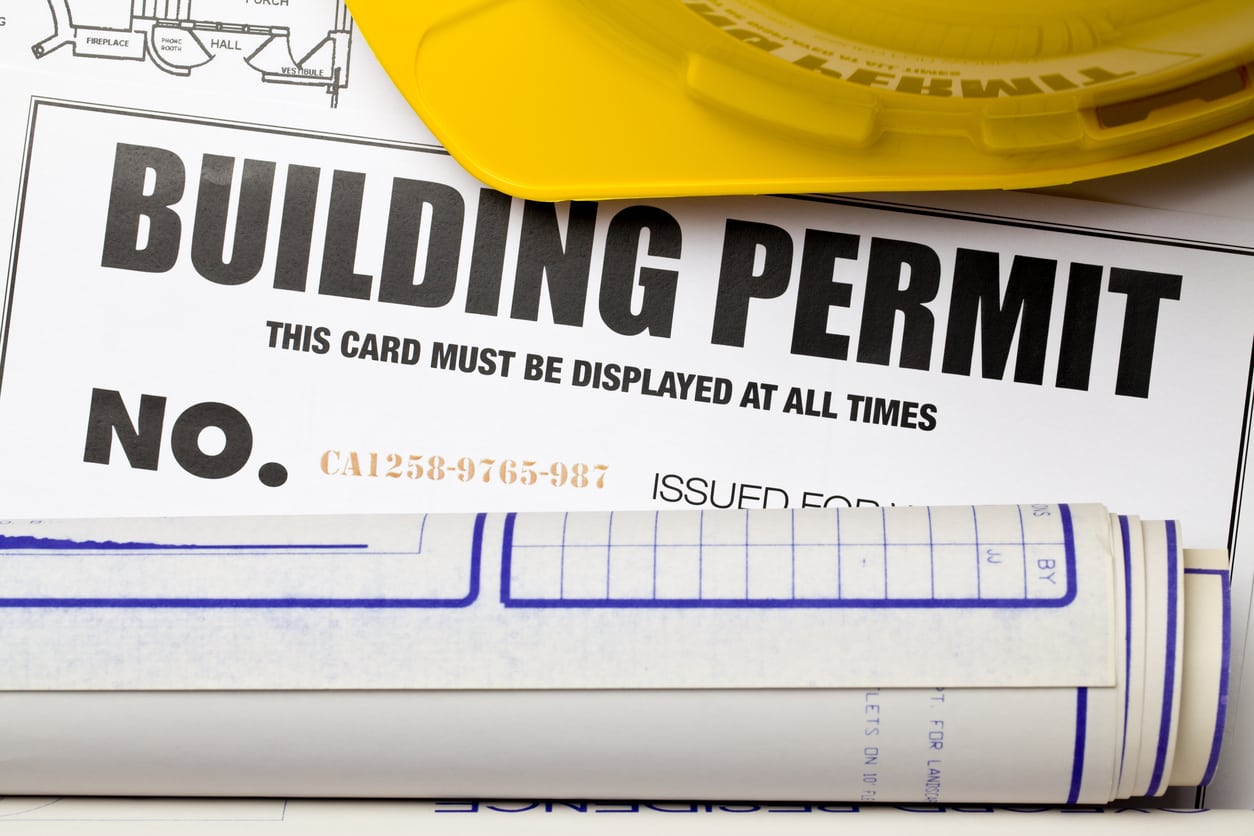

0 thoughts on “DIY Guide: Building A Backyard Shed Without A Permit”